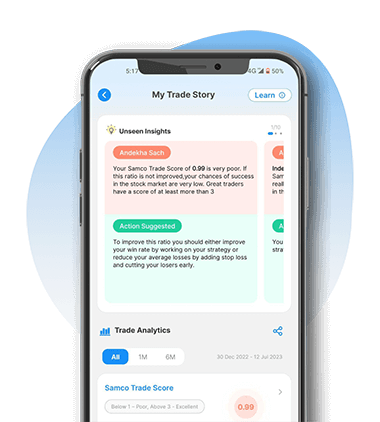 investment strategy shapes the decision that an investor takes for his portfolio based on the expected returns, defined risk appetite, long term goals and the capital. Investment strategies are classified based on their overall objective like regular income, rapid growth, environmental factors, low risk etc, medium-term outlook etc. Here are few strategies that we would like to discuss;
investment strategy shapes the decision that an investor takes for his portfolio based on the expected returns, defined risk appetite, long term goals and the capital. Investment strategies are classified based on their overall objective like regular income, rapid growth, environmental factors, low risk etc, medium-term outlook etc. Here are few strategies that we would like to discuss;
Types of investment strategy
1. Value Investing
This investment strategy gain recognition after Mr. Warren Buffet claimed to have used it. The Fundamental idea of this strategy is to identify an undervalued stock in times of recession, which have corrected more because of overreaction of the emotions of the market participants. These companies have given promising returns in years after a recession leaving investors with exponential returns in the long term. These are also known as bargain purchases.2. Dividend Growth Investing
This investment strategy has the overall objective of making a regular income. The investor scans out companies that pay a dividend consistently. These are generally defensive companies which show consistent growth in the financial, more stable earnings and less volatile returns for the investors. Reinvesting the regular dividend has the benefit of compounded returns in the long term.3. ESG Investing / Sustainable Investing
ESG (Environmental, Social and Governance) Investing is a broader terminology used for investments that seek positive returns and growth as well as consider the long-term impact on society and the environment.4. Index Investing
Index investing is a passive investment strategy that aims to reproduce the same returns as that of a benchmark index. It is a less risky, less costly investing strategy because of greater diversification as well as lower expenses and fees than a few of the above actively managed strategies. Such investments can be directly done through Exchange traded funds (ETFs) and Index mutual funds.5. Seasonal Investing
Season al investing strategy guides an investor to bet on stocks and sectors based on its historical performance during the same period. These strategies are back-tested for 10-20 years in order to confirm a view on the performance and identify a similar recurring trend. This is followed by selective trading which involves picking out stocks that will do better than the market over a period of a year or less, especially outperforming in that season.What is Seasonal Investing?
In changing business environment and the market dynamics, holding on to stocks – the ones that remain high quality – is elementary yet not as simple as it sounds. A profitable business today may or may not continue to stay profitable due to the business dynamism. Therefore, one can anticipate a foreseeable future and bet on a particular sector which could potentially outperform in the medium term. This is known as Seasonal Investing. The markets are volatile, businesses are dynamic, technology is upgrading, and uncertainty prevails over the long term. This hints to moving towards a more profound investment strategy i.e. seasonal investing, in order to outperform the broader markets by participating in short to medium term trends
Why Seasonal Investing?
Seasonality happens because of a series of annually recurring events. The performance can be historically analysed and forecasted for the current year. One of the series of historical performance has been seen in the US markets where the broader markets show a seasonal strength from October to April – popularly known as ‘buy when it snows, sell when it goes.’-
Data is easily available
-
More opportunities
-
Short holding period
-
Buy low and sell high
Limitations of seasonal investing
-
Historical data
-
Seasonal investing strategy alone is not recommended
-
Timing the trend
-
Time-consuming research






Leave A Comment?